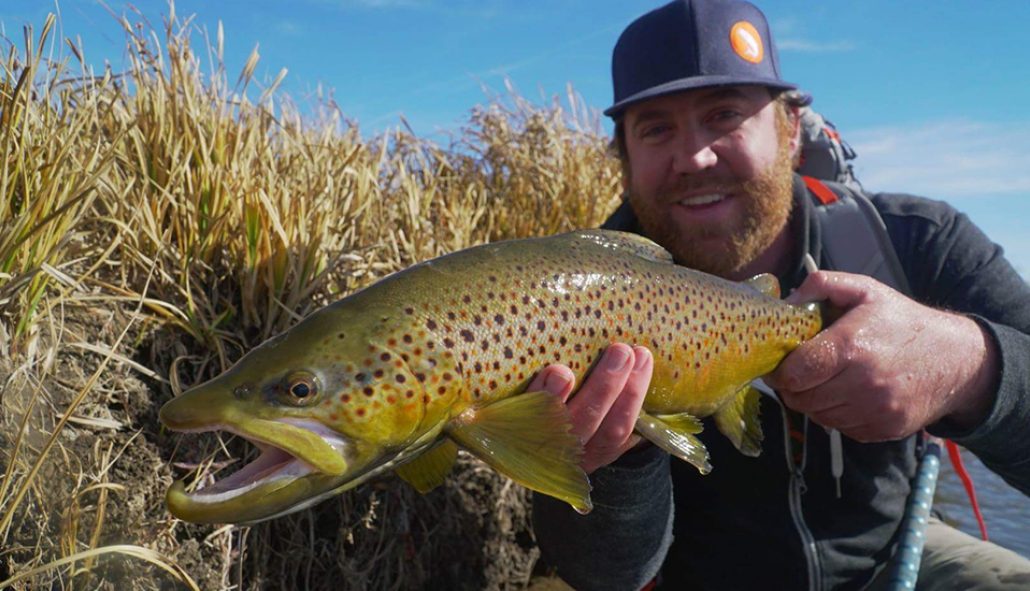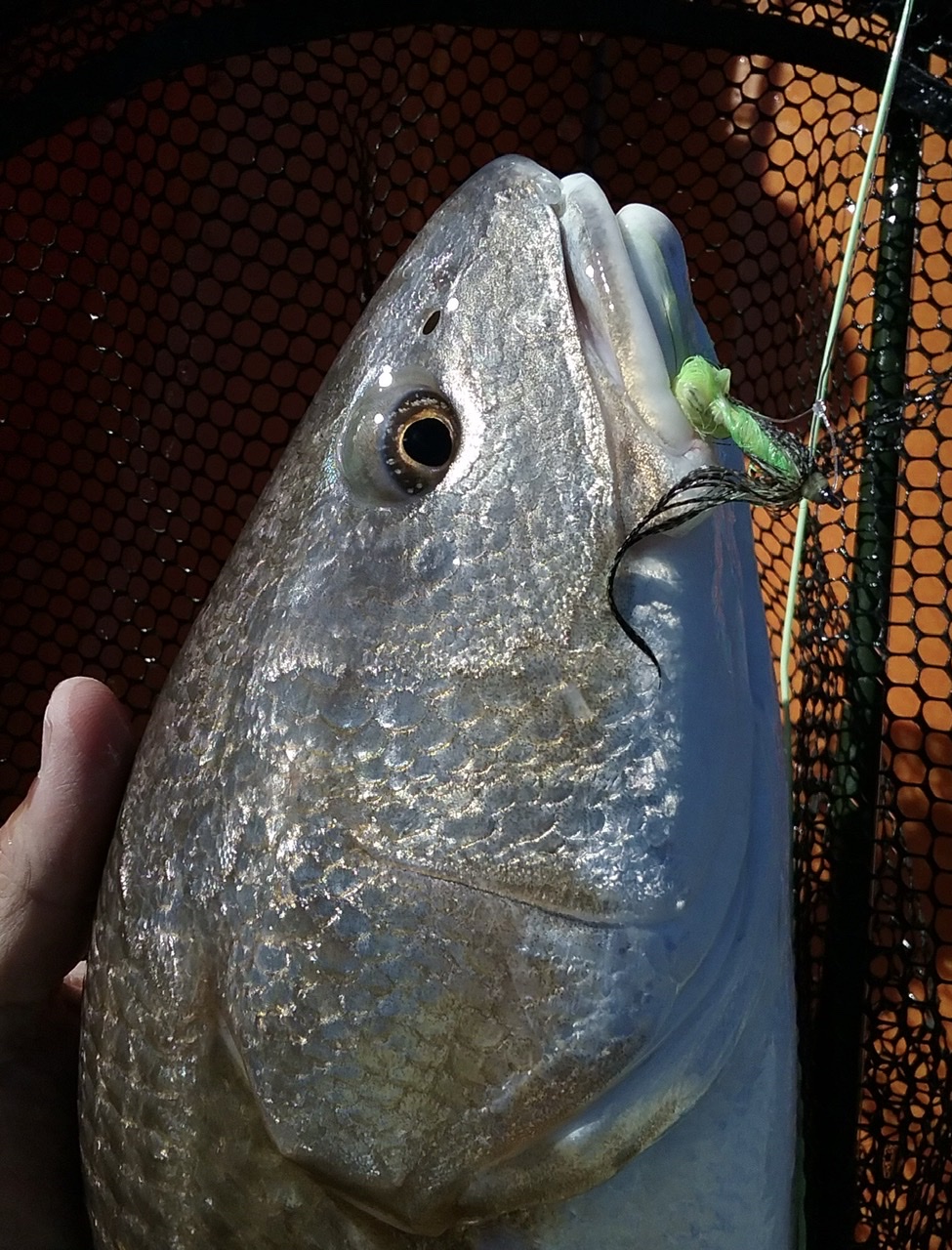

Generally speaking, the very upper stretches of river see fewer anglers and less pressure, but they can also be more difficult to access and have a shorter overall fishing Shortly below Easton, the river joins with the Cle Elum and gains volume. All trout must be released.Ĭharacterized by high-gradient, braiding runs filled with large rock, woody debris and crystal-clear water, the upper section of the river is worth getting to know.Īfter all, it’s only short drive over Snoqualmie Pass to get into some great trout fishing!Īlthough the river is open from its source at the base of Keechelus Dam, the Yakima below Easton Dam is generally acknowledged as the starting point for quality water. You can fish up to 3 flies on the Yakima. It’s managed under selective gear regulations, which means single, barbless hooks.Įither use specialized, barbless hooks to tie your flies or make sure you crimp and file your barbs. The Yakima is open year round from Keechelus Dam to Roza Dam.
#MARCH BROWN HIDDEN WATER TRAVEL FLY ROD FREE#
įeel free to give us a ring with questions. When is the Yakima River Open to Fishing?įishing regulations are subject to emergency closures and they change from year to year, so before you go, know what you are fishing for and always check the regs. Wading the river when the flows at Umtanum are above 1,000 C.F.S. Check the flows before you go or give us a call.

June to August river volumes are consistently between 4,000 – 6,000 C.F.S (cubic feet per second), a powerful flow best left to experts on the oars. Managed for irrigation of the Kittitas valley, the flows can vary greatly especially during the summertime. of fishable waters from Keechelus Dam to Roza Dam offer countless opportunities and challenges for a lifetime of fly fishing.Īlthough it’s tempting just to pack up and drive over at any time, it’s important to be aware of the variance in seasonal water volume when fishing the Yak. Within a day-trip of Seattle, the Yakima river blends incredible scenery with blue-ribbon trout fishing.Ĭomplex and varied, the 70+ mi. The fall color in the streamside vegetation and trees coupled with equinox lighting in the canyon is something to experience. Fall is quite possibly the best season as consistent low flows generally prevail and reliable hatches occur after the summer heat dissipates and before the extreme cold of winter sets in. This time of year is a boaters show and wading options are limited. Summer has consistent flows, but the river runs high for several months as water releases from the resevoirs are started to allow for farmer irrigation. Once the river stabilizes, the fishing generally picks up. Spring brings prolific hatches and possibly the best fishing (especially dry fly fishing) of the year, however, if it gets too warm, runoff from local tributaries can raise the river and make it unfishable. This is challenging fishing, but if you are on the river during a brief warming spell, you will have the river, the scenery and the fish to yourself. Winter is the most difficult period as cold water slows the fish down, but a slight warming trend will get the fish moving to streamers or an occassional midge hatch. The Yakima is open year round, but each season has it's charms and challenges. In the dead of winter, warmer days produce midge hatches that get the fish moving our of their winter doldrums.
#MARCH BROWN HIDDEN WATER TRAVEL FLY ROD PLUS#
Fall brings on more baetis mayflies, plus the large October Caddis. Terrestrials generally abound during the heat of the summer and early fall, so hoppers and ants will produce during this time. Baetis, PMD's and Mahoganies are plentiful, caddis are strong from mother's day into the fall and there are enough Skwala and summer stones to keep things interesting through the summer. The Yakima is a fertile river and has many of the insects that are found throughout the west. It flows out of the east side of the Cascades from several resevoirs through Cle Elum and Ellensburg before reaching the Rosa Dam, which marks the end of the blue ribbon stretch of this river. The Yakima is primarily a tailwater, but a few major tributaries give it a freestone stream feel as well. There are a few cutthroat in the mix as well, but rainbows predominate. There are good numbers of rainbow trout which average 11" to 13" with pods of larger fish also available. The Yakima River, which is approximately 1 ½ to 2 hours from Seattle, is Washington state's only blue ribbon trout stream.


 0 kommentar(er)
0 kommentar(er)
